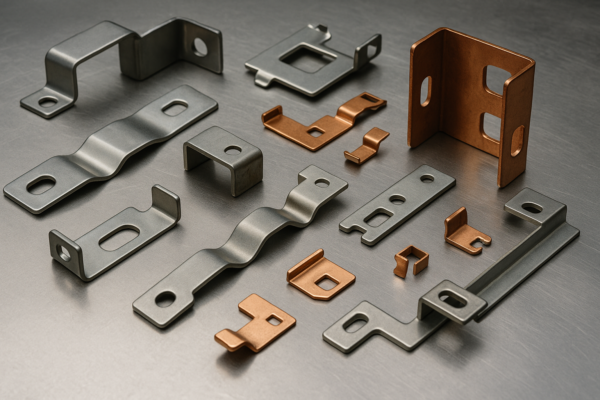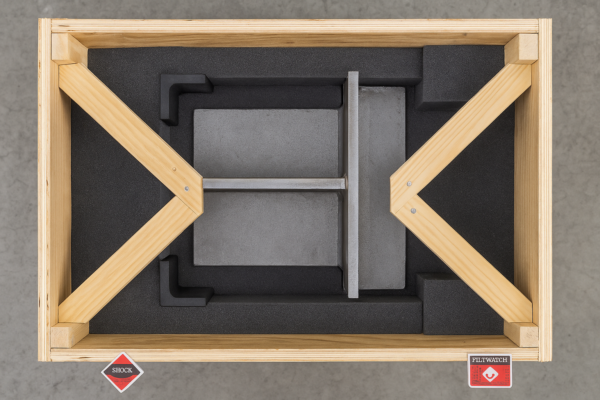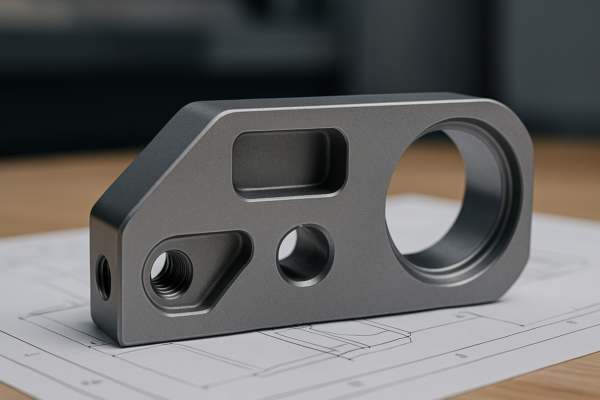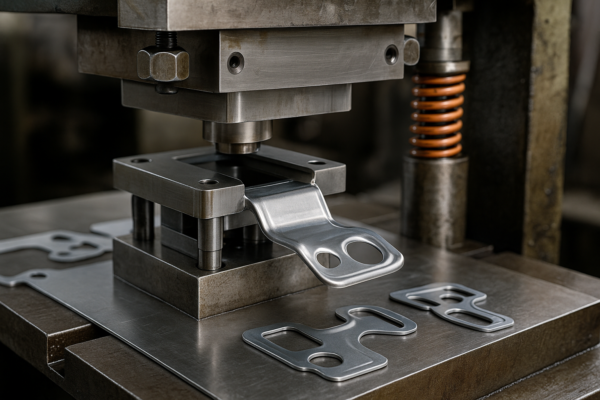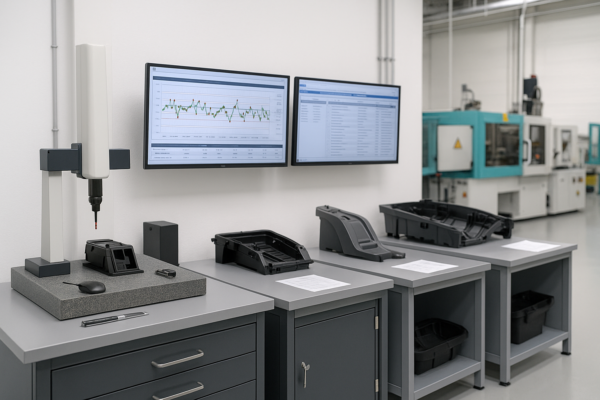Does bending metal make it stronger?
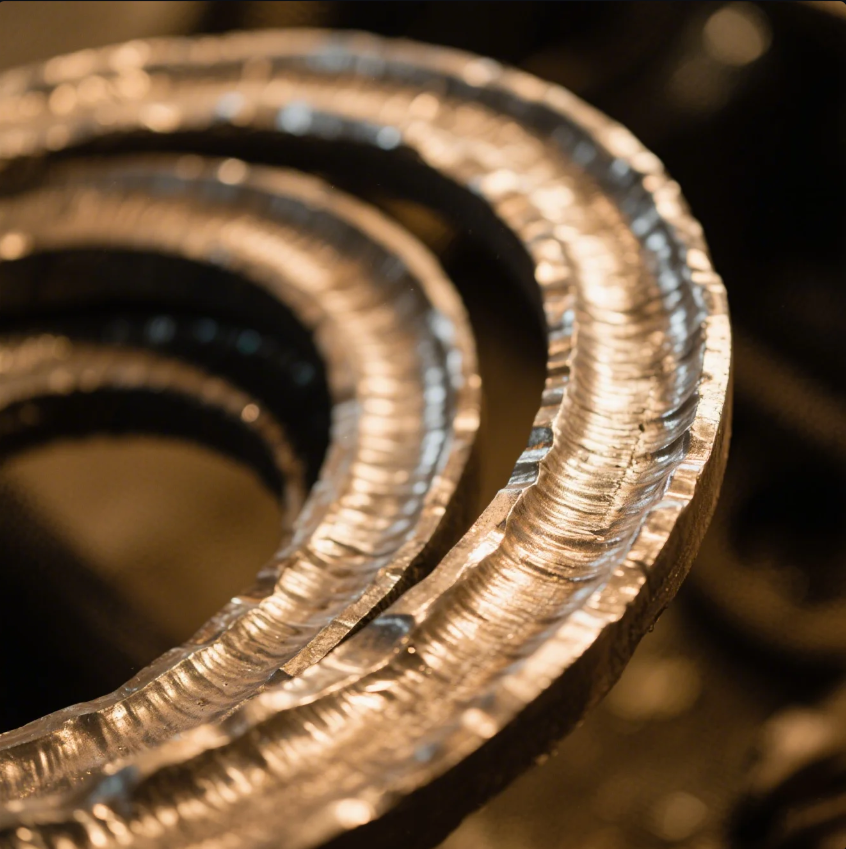
Bending metal seems simple—but what if it’s changing its strength too?
Bending can harden metal, but only under specific conditions like cold working or plastic deformation.
Let’s explore how bending really affects metal’s strength, and how to use that knowledge for better parts.
Does metal get stronger when bent?
Bending solves design issues, but can it improve strength too?
Yes, bending can increase a metal’s strength through a process called work hardening.
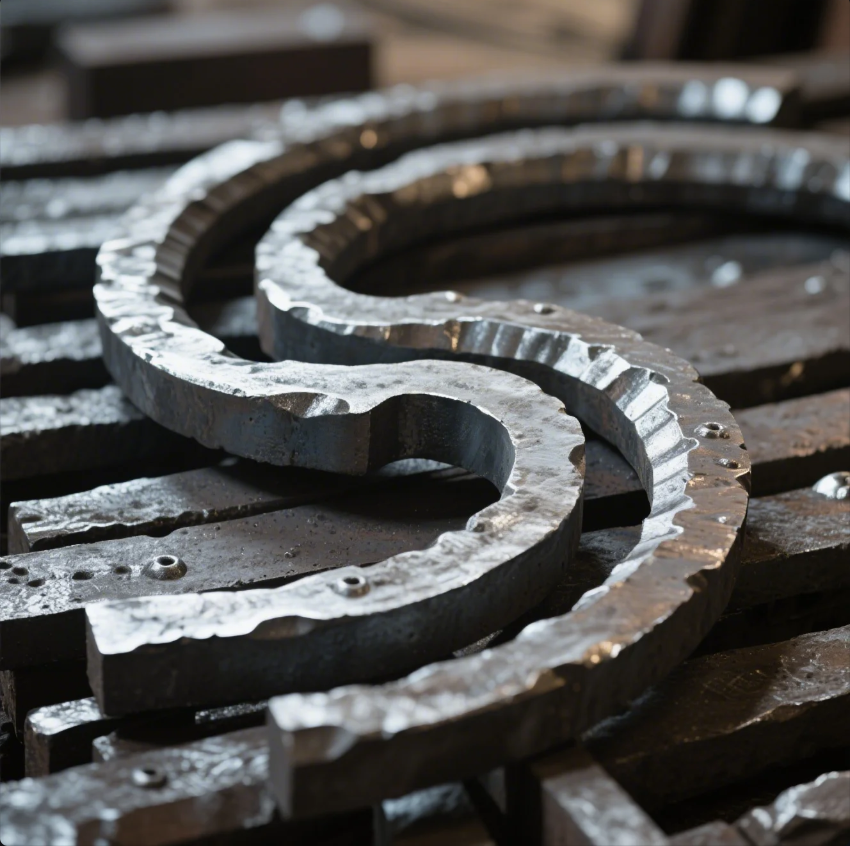
How work hardening affects bent metal
When we bend metal beyond its elastic limit, it enters plastic deformation. This movement of dislocations in the metal’s grain structure changes how the atoms interact. The result is more resistance to further movement—which we call work hardening.
This is especially true for metals like steel, aluminum, and brass. Cold working—bending without heat—makes the surface harder. But it also reduces ductility, making the metal more brittle.
Common outcomes of bending metal:
| Property | Before Bending | After Bending (Cold Working) |
|---|---|---|
| Tensile Strength | Medium | Higher |
| Hardness | Moderate | Increased |
| Ductility | Good | Reduced |
This is why in industries like automotive or construction, bending is done carefully. A trusted ISO certified stamping parts supplier like Prime ensures the process increases strength without compromising part performance.
Does folding metal make it stronger?
Folding feels like a secure technique, but does it really help?
Folding can strengthen metal when it introduces structural reinforcement or layers.

Structural support through folded shapes
Folding doesn’t strengthen the material itself but adds mechanical rigidity. Think of L-beams or U-channels used in metal construction. These shapes resist load and torque better than flat pieces.
In CNC and stamping part fabrication, we often apply strategic folds to meet load-bearing needs. At Prime, we customize folded geometries based on application—whether it’s a high-load bracket or housing component.
Examples of strength from folded shapes:
| Fold Type | Common Use | Strength Benefit |
|---|---|---|
| V-Fold | Corner reinforcement | Adds angular stability |
| U-Channel | Frame and enclosures | Prevents twisting |
| Box Bend | Equipment casing, shelves | Distributes load evenly |
So while the metal’s grain may not change, its load-bearing ability does. That’s where custom stamping parts suppliers like Prime come in—we calculate each fold’s effect on the final strength.
What are the benefits of bending metal?
Besides strength, what else makes bending worth the effort?
Bending metal allows cost-effective, high-strength designs without extra components.
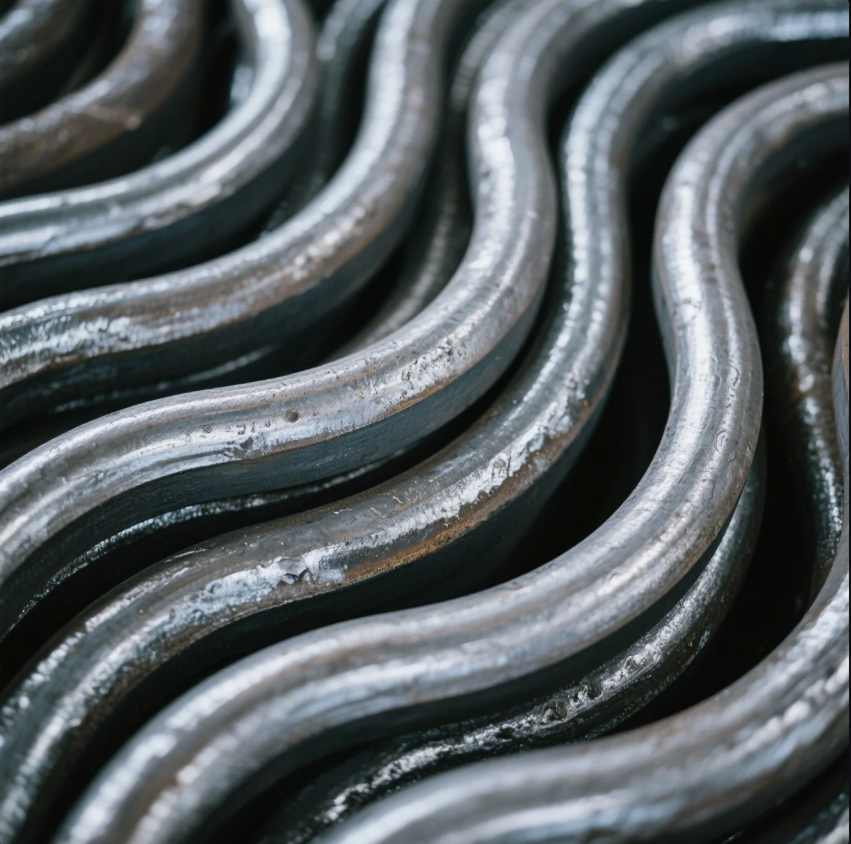
Flexibility, cost savings, and functional design
When designing parts, bending offers us multiple advantages:
Key advantages of bent metal parts:
- Less welding or fasteners: Bending creates one-piece structures that are more reliable.
- Faster production: Especially with CNC bending and automated press brakes.
- Lightweight optimization: Folded parts reduce material waste while maintaining function.
- Custom fit: With CAD-CAM precision, every angle is controlled for best fit and function.
At Prime, with over 20 years in metalworking, we deliver fasteners and CNC parts that integrate bending as part of the design. This way, your component performs better—and looks better—without extra processes.
What makes a metal stronger?
If bending isn’t always the answer, what is?
Metal strength depends on composition, treatment, and processing methods like forging or hardening.
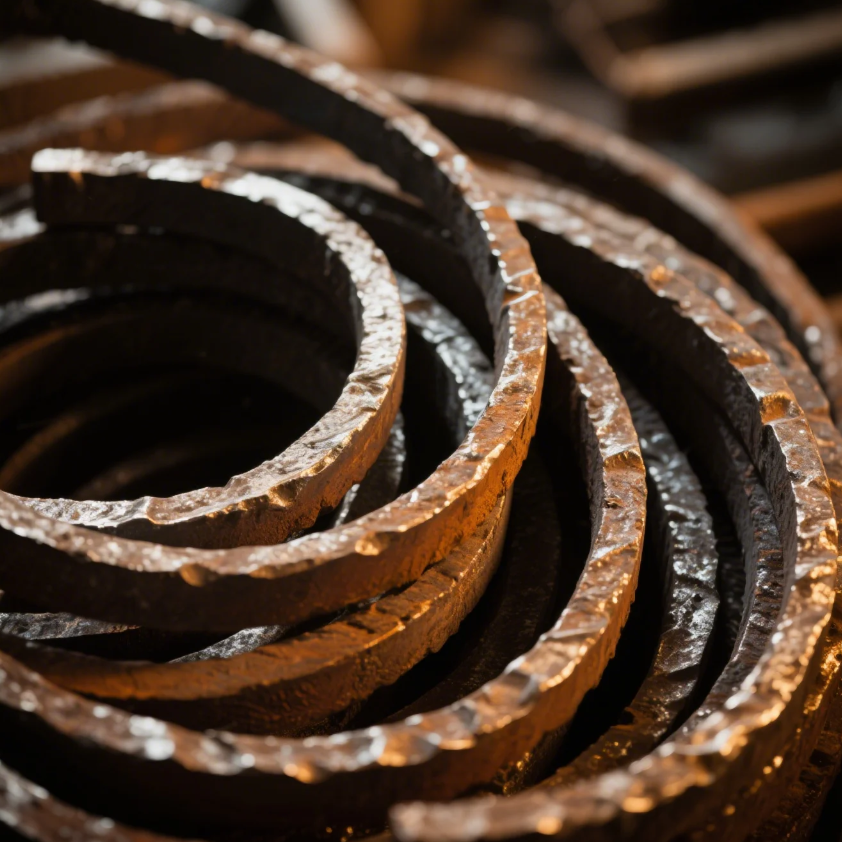
How metal composition and treatment matter
Different metals respond differently to stress and processing. Stainless steel may harden under bending. But cast iron may crack. That’s why selecting the right alloy and processing method is essential.
Factors that influence metal strength:
| Factor | Description |
|---|---|
| Alloy composition | Mix of elements determines base strength |
| Heat treatment | Alters hardness, ductility, and tensile strength |
| Cold or hot working | Affects grain structure and internal stress |
| Surface treatment | Adds resistance to wear and corrosion |
As a seasoned ISO certified casting parts manufacturer, Prime evaluates all these factors before production. Whether it’s CNC parts, fasteners, or plastic-integrated assemblies, we guide clients to the most reliable solution.
Conclusion
Bending strengthens metal through work hardening or structural shape. But smart design and right processing matter more.
Want your parts to be strong, smart, and ready fast? Contact Prime now for free consultation, precision quote, and custom design suggestions. Our team ensures fast delivery and stable quality—your ideal partner for industrial hardware sourcing.

